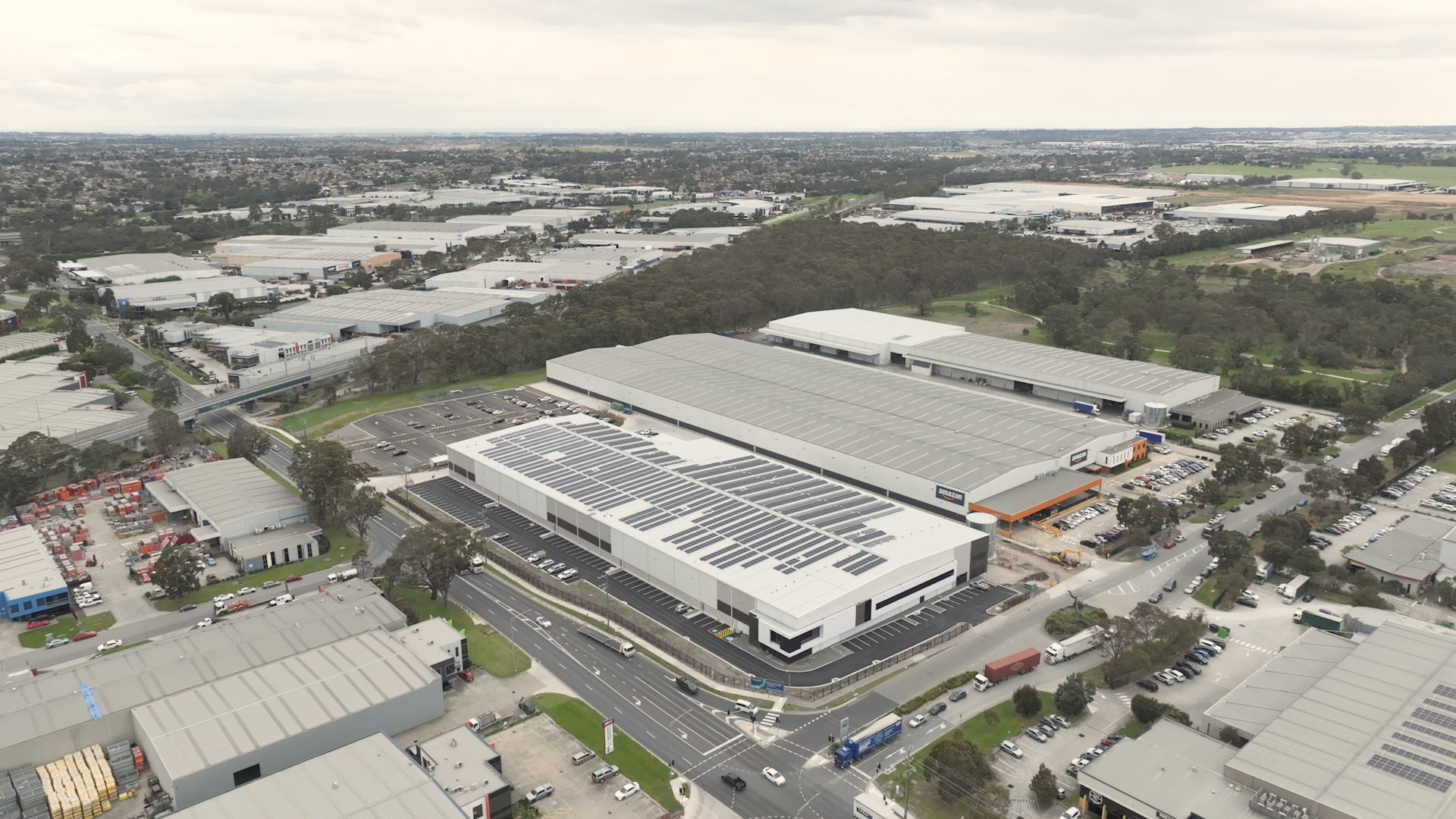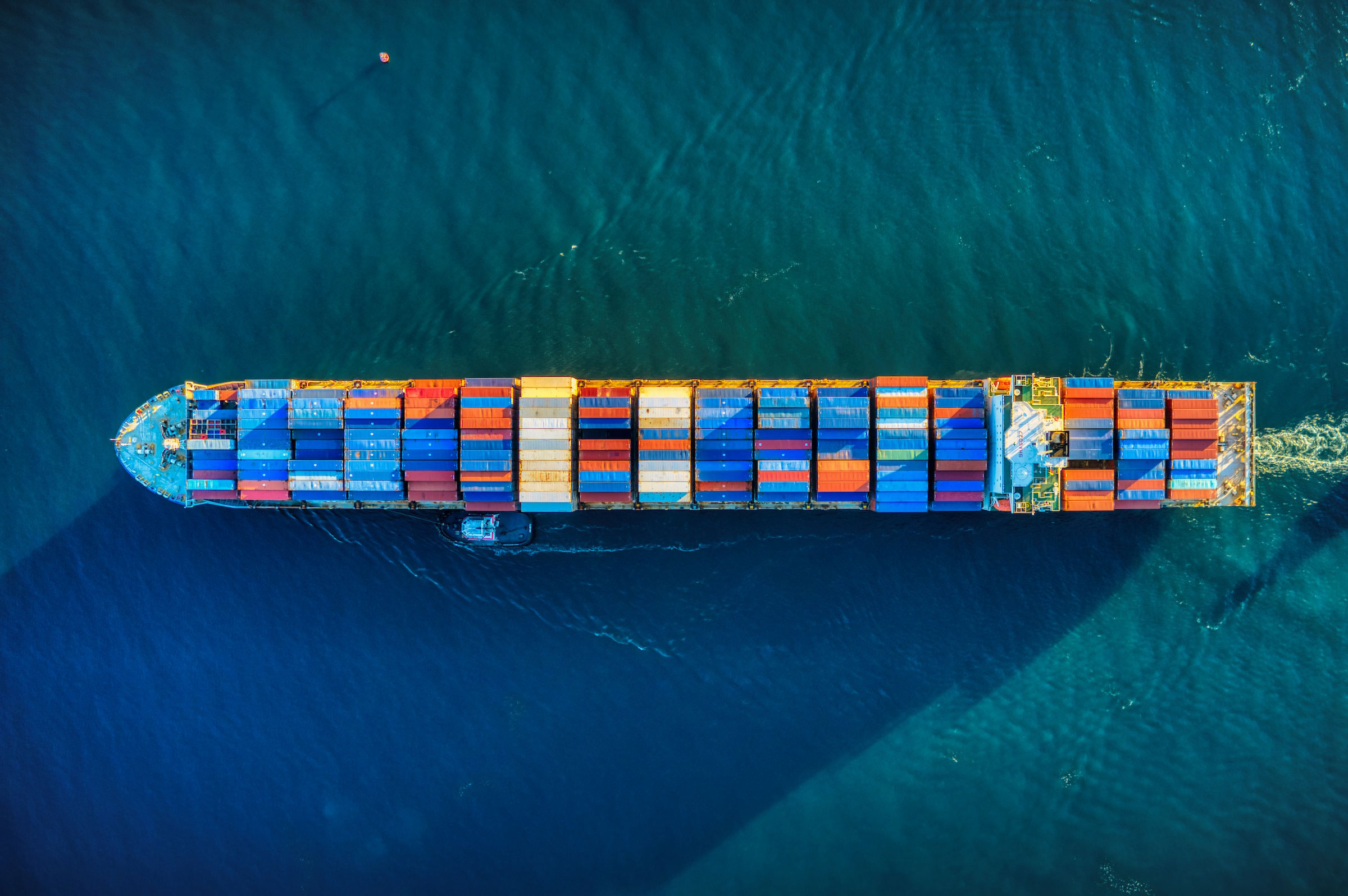It’s a phrase that seems to be dominating the media – ‘clean food.’
From supermarket chains and fast-food giants to thousands of media articles written on the subject, the preservative/additive free food movement is everywhere.
And statistics show the trend is increasing. Nearly 13 per cent of total food and drink launched globally in 2013 used additive and/or preservative-free claims, up from 10 per cent in 2008.
The use of preservatives and additives to foods isn’t new. It’s been in existence since prehistoric times and has long been a way that people have been able to keep food surpluses for leaner times.
The preservation of foods has evolved over thousands of years and has been a major force in increasing food security. But in the last century or so the move to manufactured preservatives has certainly become a bigger issue.
Now in 2018, there is a global push to highlight just what chemical preservatives and additives go into our foods and it seems the food industry is listening.
The increasing demand for ready-to-eat fresh food products has led to challenges for food distributors regarding the safety and quality of their foods.
Artificial preservatives meet some of these challenges by preserving freshness for longer periods of time, but these preservatives can cause negative side-effects as well.
For over 30 years, there has been a debate about whether or not preservatives and other food additives can cause hyperactivity.
This, according to Aldi, was the push behind its decision to banish all foods from their line which had added preservatives and additives. Many supermarkets are following the reform.







